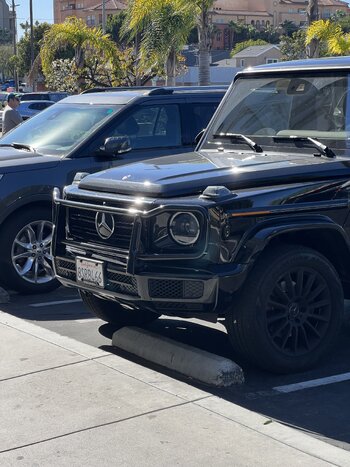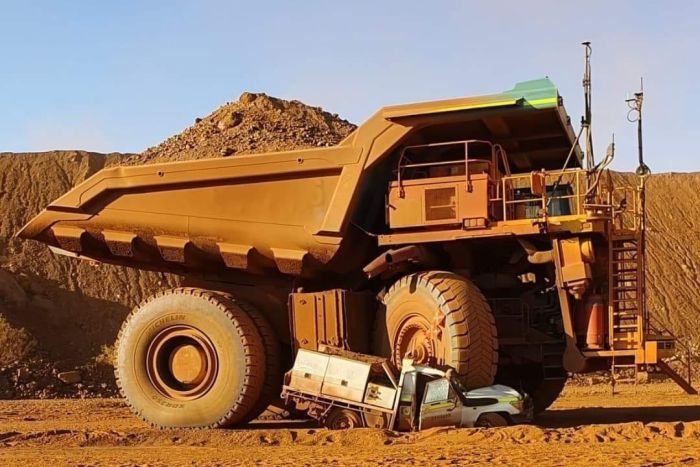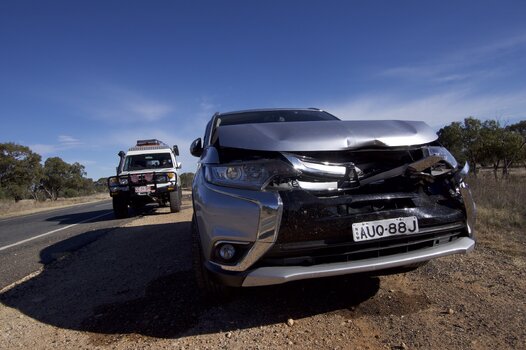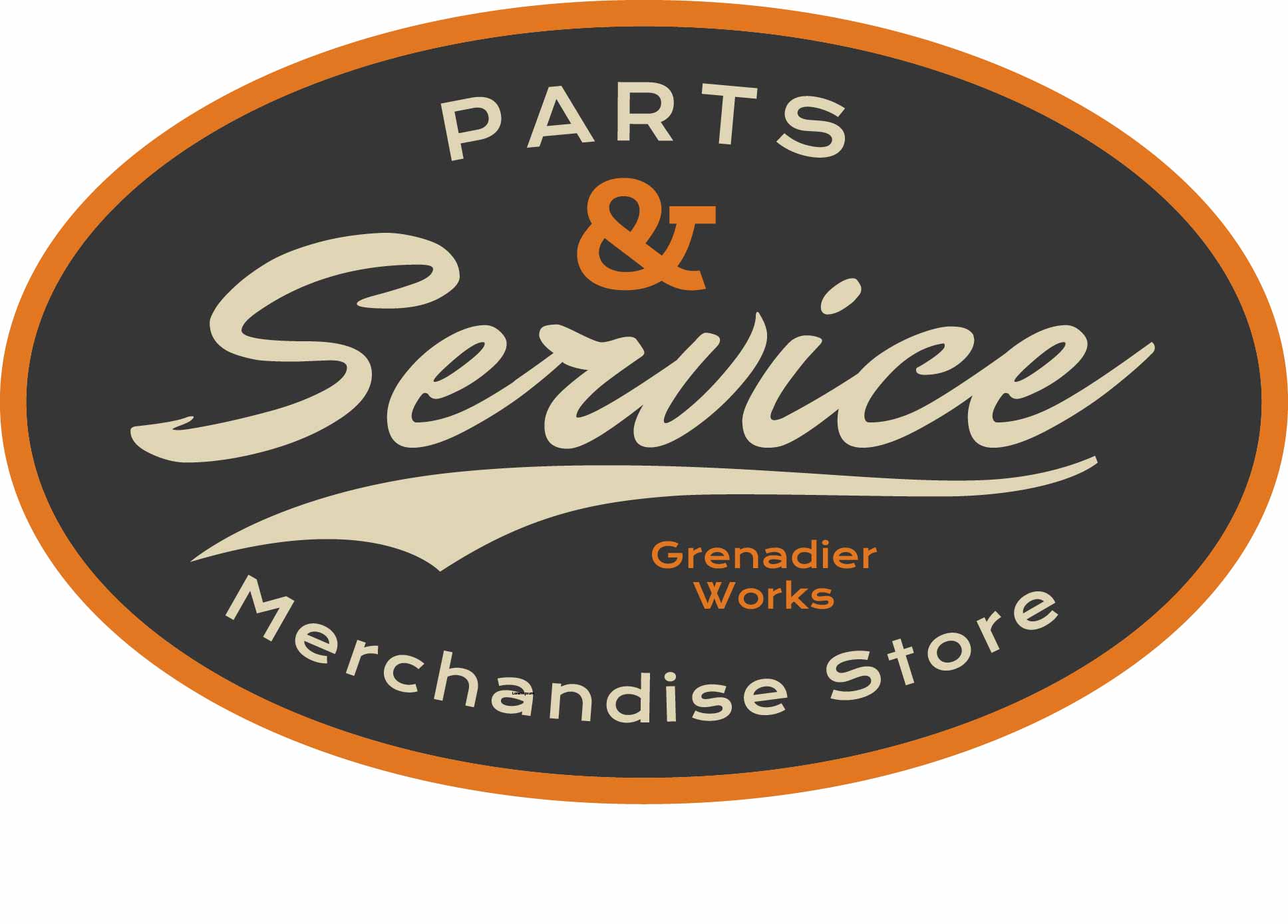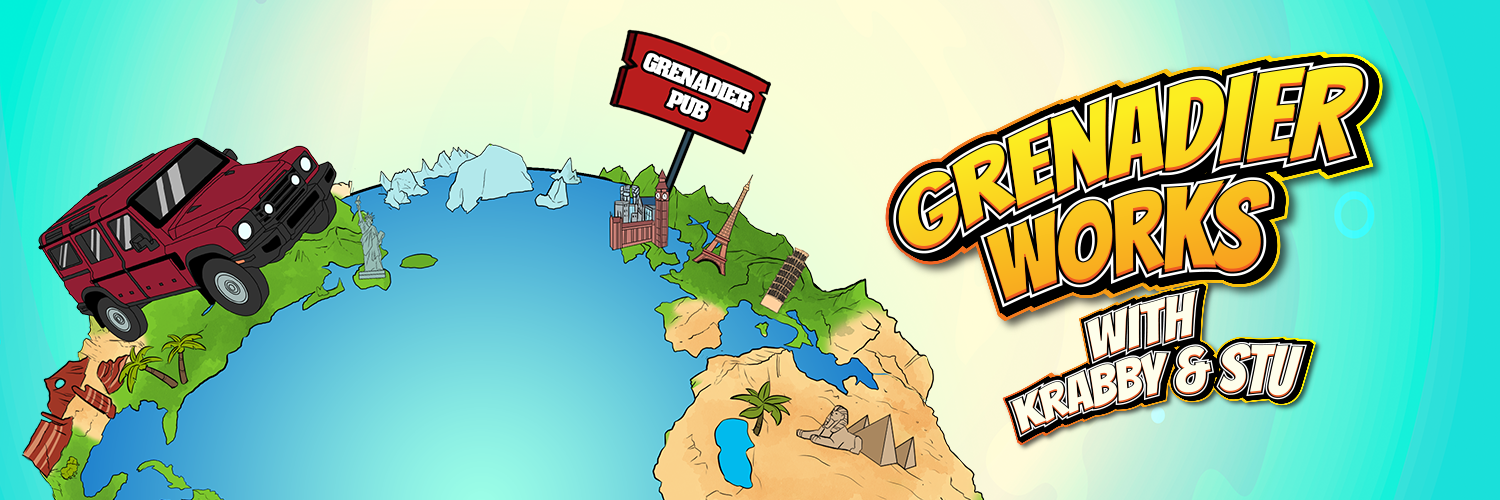Interesting video on the detrimental aspects of bull/roo bars here:
Given that the Grenny bullbar is a three piece design (at least here in Australia, as mentioned by Justin Hocevar in this vid -
) and not a single piece unit like an ARB for eg, I'm wondering if they crash tested the Grenny with the bull bars in-situ. Were they crash tested with bullbars at all? Is the three piece design a result of said crash testing?
Here is the link to the BHP test of bullbars: https://spaces.hightail.com/receive/EgT3jbKlzU
I haven't seen every Ineos video of the worldwide testing, but from those I've seen, none are sporting a bullbar, not even the ones tested in Australia or Africa.
Food for thought and over to all you beard strokers in the forum!
Given that the Grenny bullbar is a three piece design (at least here in Australia, as mentioned by Justin Hocevar in this vid -
Here is the link to the BHP test of bullbars: https://spaces.hightail.com/receive/EgT3jbKlzU
I haven't seen every Ineos video of the worldwide testing, but from those I've seen, none are sporting a bullbar, not even the ones tested in Australia or Africa.
Food for thought and over to all you beard strokers in the forum!
